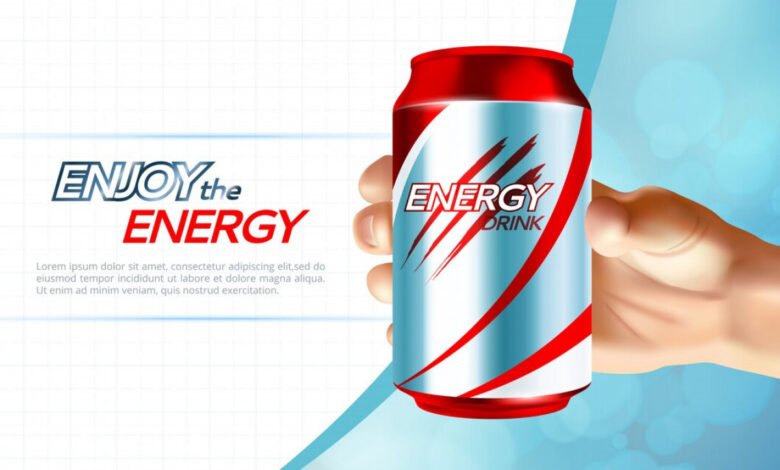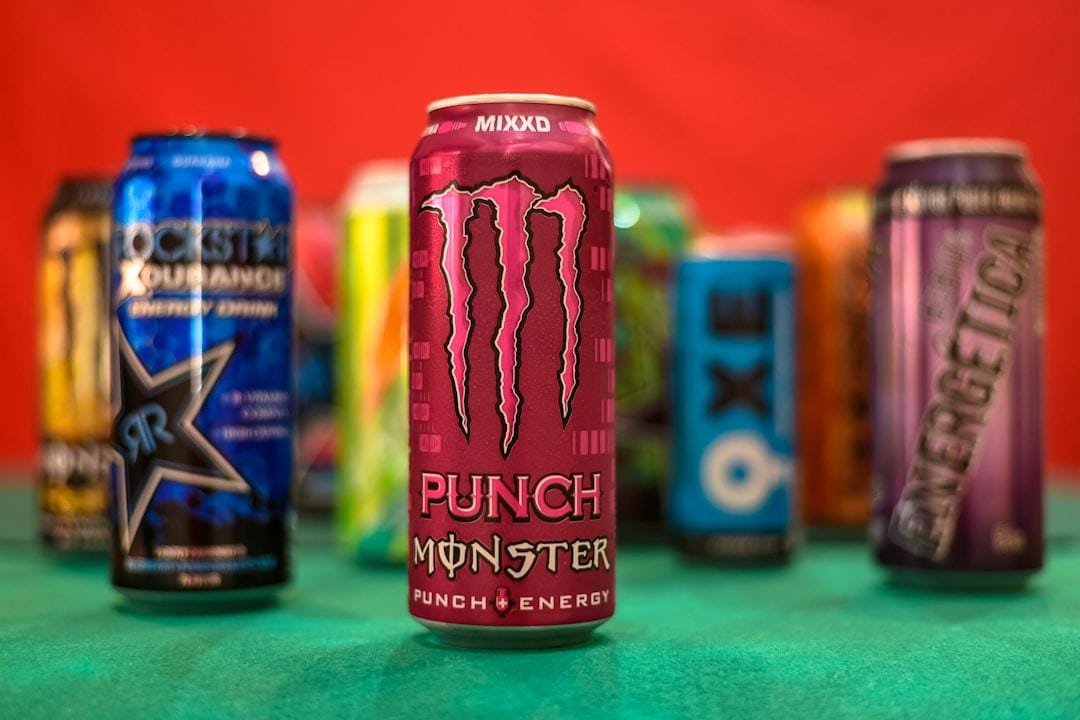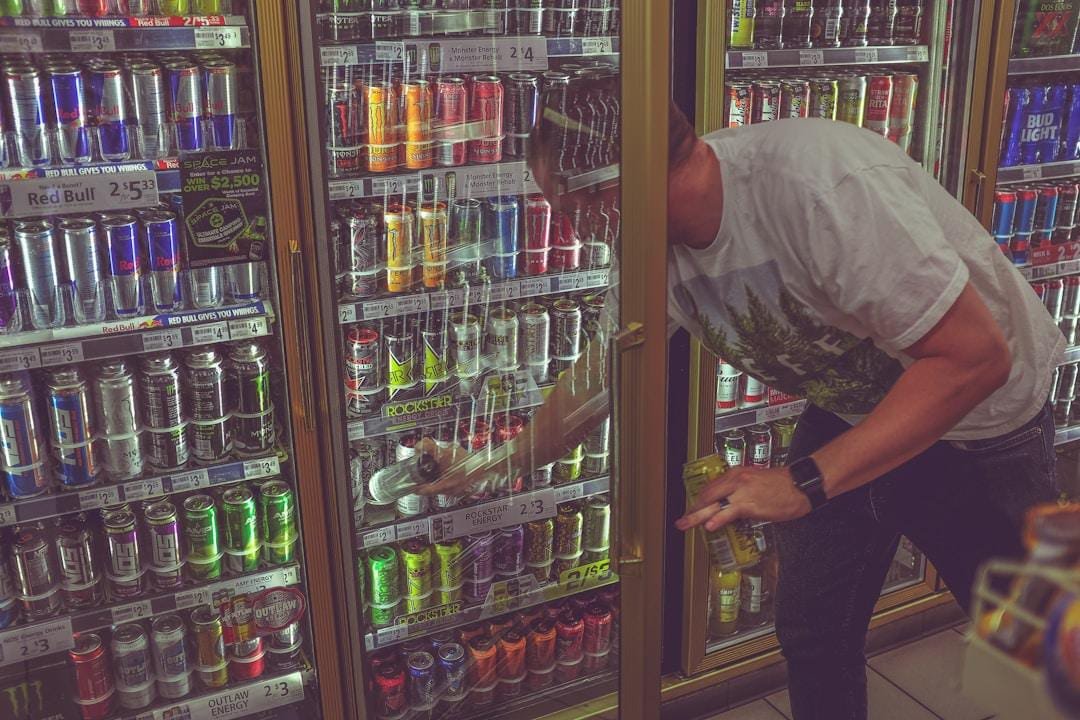How Energy Drinks Are Made: A Guide

As the popularity of energy drinks continues to surge worldwide, many consumers are curious about the process behind their creation. These caffeinated beverages promise to boost energy, increase alertness, and improve concentration. But what goes into making these complex concoctions? From intricate production processes to essential ingredients and packaging, there’s much to understand about these powerful potions. In this article, we delve into the fascinating world of how energy drinks are made.
Key Ingredients Found in Your Favorite Energy Drinks

The most well-known ingredient in energy drinks is caffeine, the stimulant that provides the energy kick. Its levels can vary significantly between different brands and types, tailored to the desired strength of the drink. Besides caffeine, taurine is another common component, which is an amino acid that is thought to improve athletic performance and reaction time.
Sugars and sweeteners are also integral to most energy drinks, providing not just sweetness but often contributing to the ‘energy’ aspect through calories. For those seeking fewer calories, sugar alternatives like aspartame, sucralose, or stevia are often used. B-vitamins are another staple of energy drink formulations, with vitamins B3, B6, and B12 frequently being used for their roles in energy metabolism.
Some energy drinks incorporate herbal extracts such as ginseng, guarana, or yerba mate for their natural stimulant properties. These ingredients are said to complement the effects of caffeine and can give the beverage an exotic appeal. It’s also not uncommon for energy drinks to feature electrolytes like sodium, which help replenish what’s lost during vigorous exercise.
From Concept to Can: The Lifecycle of an Energy Drink
Before an energy drink can hit the shelves, it starts as an idea. Market analysis and consumer trends guide product concept development, focusing on niche markets or attempting to outdo competitors. This concept stage is crucial as it sets the tone for the drink’s branding, flavor, and functional offerings.
After the concept has been solidified, the product enters the development phase. The creators refine the flavors, select the appropriate ingredients, and determine the product’s nutritional profile. This often requires several rounds of testing and reformulation to perfect the recipe.
Finally, marketing and sales strategies launch the product into the public eye. Vibrant advertising campaigns, sponsorships, and promotional events are often employed to introduce the drink. This phase is pivotal to establishing brand identity and securing a place in the highly competitive energy drink market.
Quality Control and Safety Standards in Energy Drink Manufacturing

To guarantee the safety and quality of energy drinks, manufacturers adhere to stringent quality control measures throughout the production process. These standards ensure that each can or bottle meets regulatory requirements and consumer expectations. From sourcing quality ingredients to conducting regular inspections, every step must comply with industry protocols.
In the laboratory, scientists test for consistency in flavor, color, and nutrient content. These assessments help maintain the drink’s integrity batch after batch. Frequent testing also identifies possible contaminants early on, preventing compromised products from reaching the market.
Energy drink manufacturers must follow government-mandated health and safety regulations. From the Food and Drug Administration (FDA) in the United States to similar agencies abroad, oversight is critical. These bodies may require detailed nutrition labelling, including any health advisories related to the beverage’s consumption.
Overall, the creation of energy drinks is a detailed and complex process that extends beyond the intriguing blends of ingredients. It encompasses innovative production techniques, rigorous quality assurance, and creative marketing strategies. Ultimately, the success of these beverages lies in their ability to deliver on the promise of energy enhancement while appealing to consumer tastes and safety concerns.
Also Read: Sweater Weather Essentials





